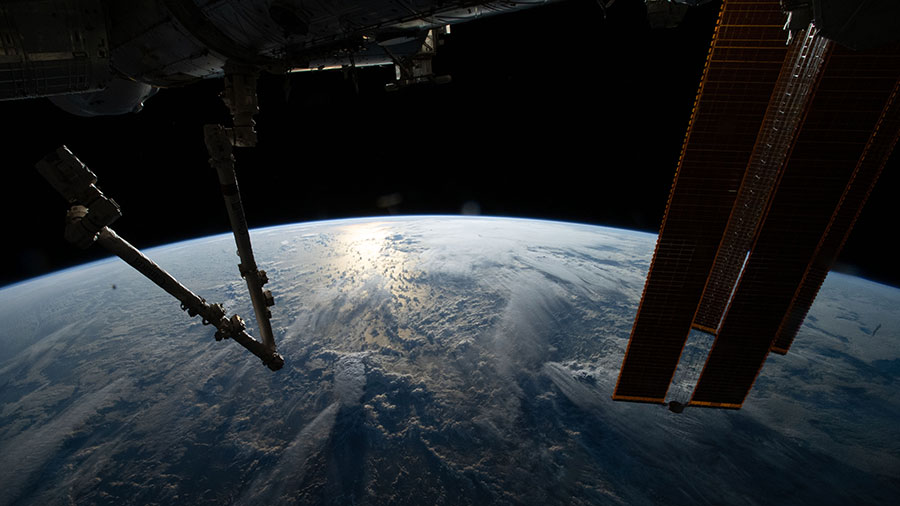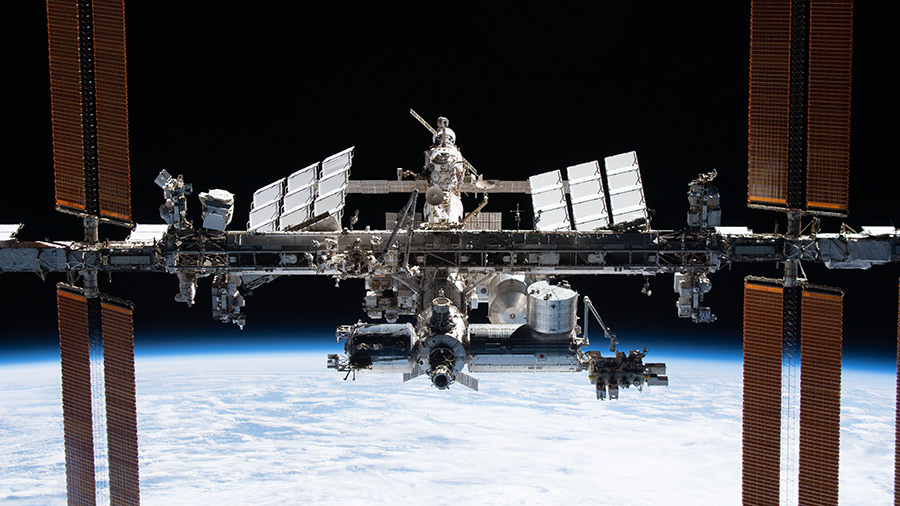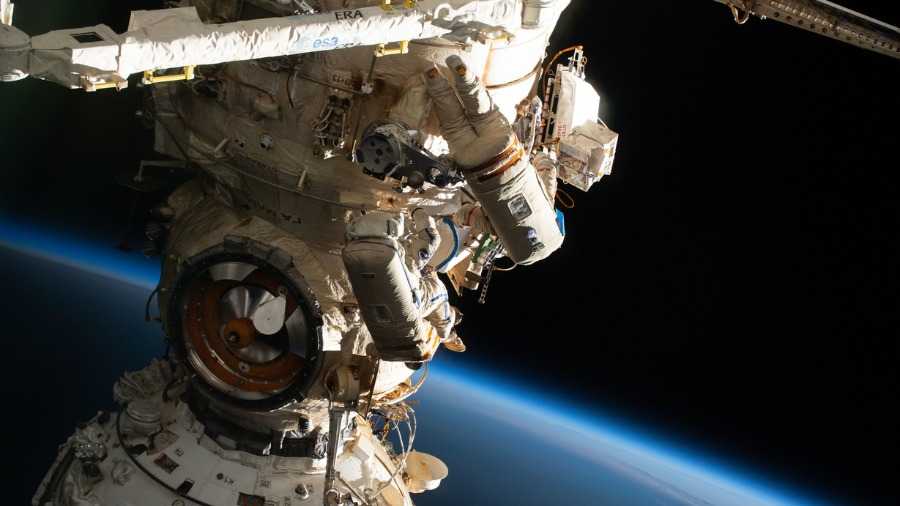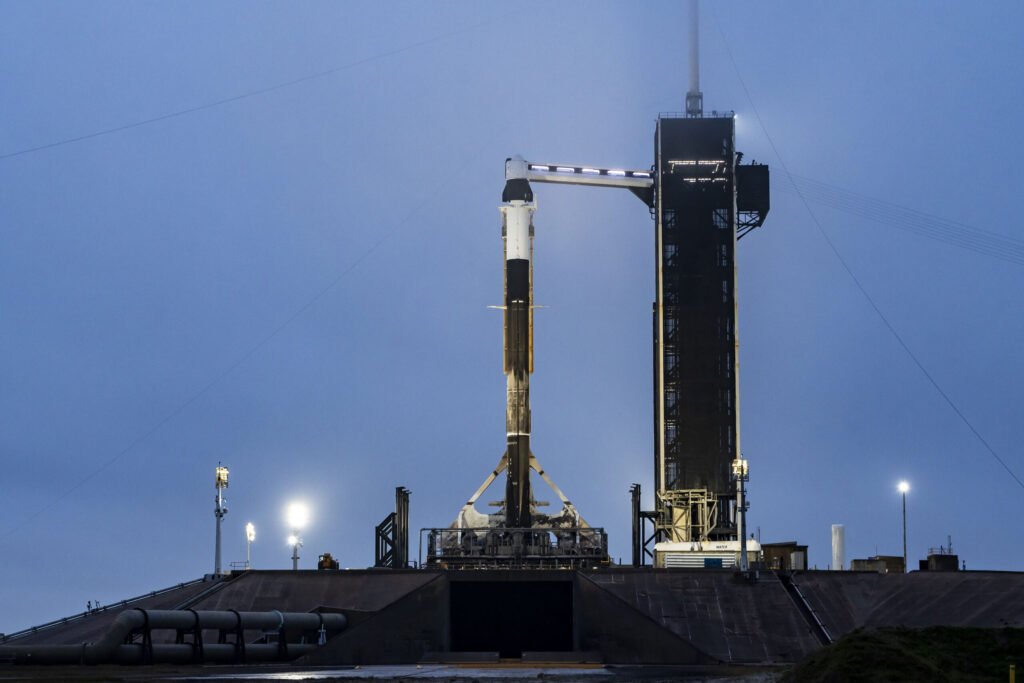
Space biology kicked off the week for the Expedition 67 crew on Monday to help NASA and its international partners support astronauts on long spaceflight missions. Two cosmonauts are also preparing for a spacewalk to continue outfitting the International Space Station’s third robotic arm.
NASA Flight Engineers Kjell Lindgren and Bob Hines began Monday morning with muscle measurements inside the Columbus laboratory module. Using the Myotones device the pair measured the biochemical properties of their neck, back, and leg muscles. By understanding how weightlessness impacts muscular tone, stiffness, and elasticity, doctors can better evaluate crew health and develop effective space fitness strategies.
Lindgren downloaded the muscle data captured from the Myotones device to a laptop computer connected to Columbus’ European Physiology Module, a research rack that supports neuroscientific, cardiovascular, and physiological studies. Afterward, the two-time station resident collected and stowed urine samples in a science freezer for later analysis.
Hines then went over to the Kibo laboratory module to continue studying how wounds heal in space. He joined Flight Engineers Jessica Watkins of NASA and Samantha Cristoforetti of ESA (European Space Agency) and practiced surgical techniques such as biopsies, suture splints, and wound dressing, inside Kibo’s Life Science Glovebox. Researchers are exploring the molecular processes behind space-caused skin aging that may impact the way wounds heal and possibly improve skin healing treatments for both astronauts and Earthlings.
Cosmonauts Oleg Artemyev and Denis Matveev continued setting up their tools and Orlan spacesuits today ahead of another planned spacewalk to configure the European robotic arm (ERA) for payload operations on the station’s Russian segment. Roscosmos Flight Engineer Sergey Korsakov spent his morning on computer maintenance inside the Nauka multipurpose laboratory module before switching to orbital plumbing duties during the afternoon.
Learn more about station activities by following the space station blog, @space_station and @ISS_Research on Twitter, as well as the ISS Facebook and ISS Instagram accounts.
Get weekly video highlights at: http://jscfeatures.jsc.nasa.gov/videoupdate/
Get the latest from NASA delivered every week. Subscribe here: www.nasa.gov/subscribe




